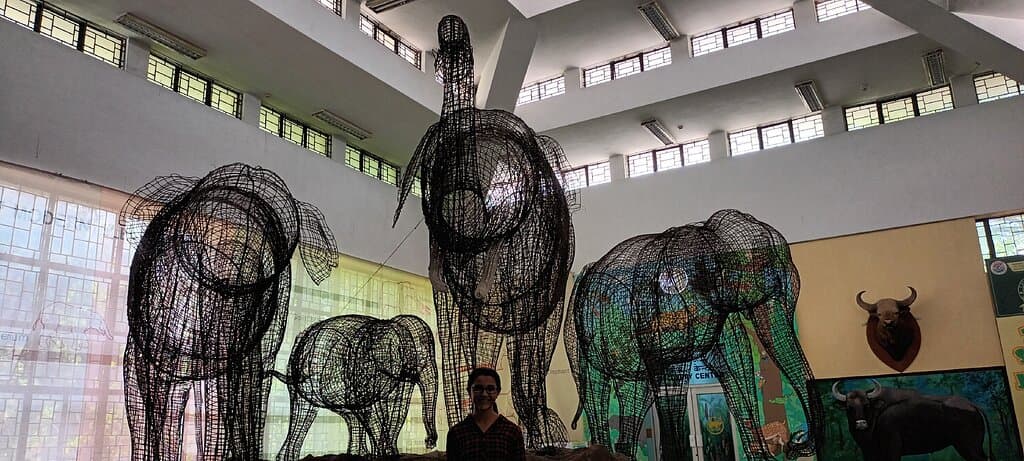
Regional Museum of Natural History Siddhartha Layout Mysore
Discover India's natural wonders! Free entry to see animal skeletons, taxidermy, and learn about evolution.
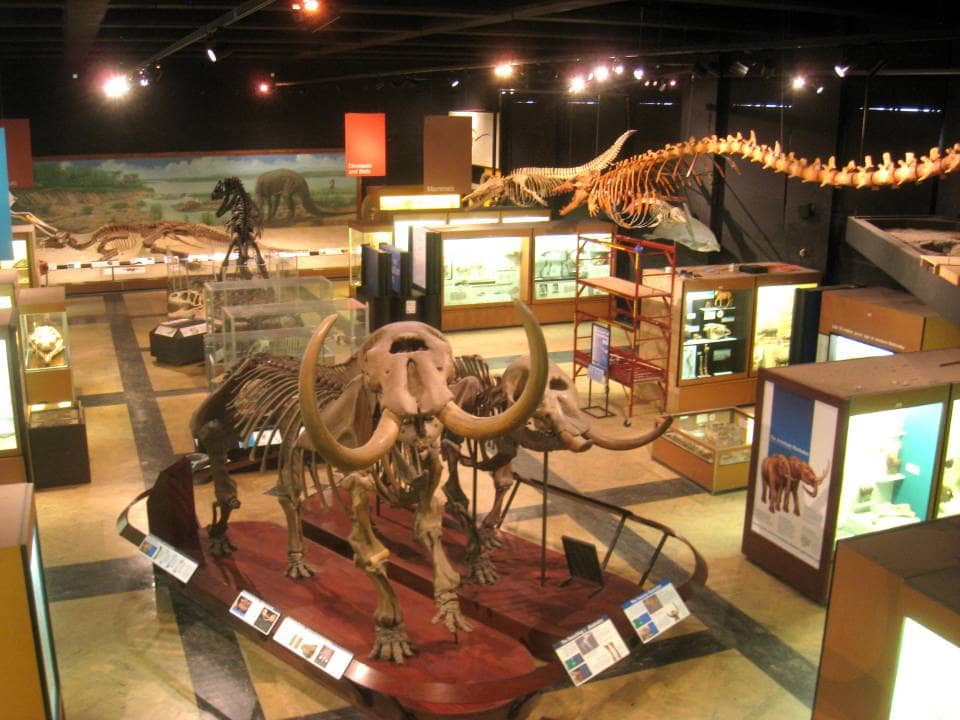
Highlights
Must-see attractions
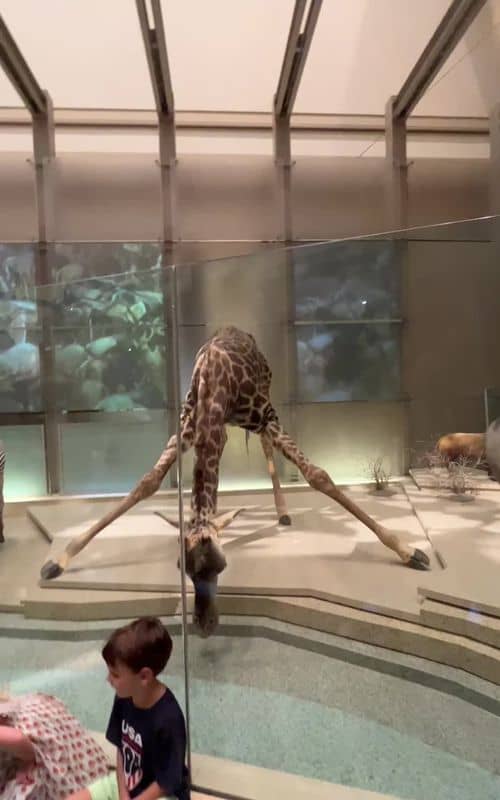
Social
From TikTok & Reddit
Best Time
Fewer school groups

Regional Museum of Natural History Siddhartha Layout Mysore
Best Time
Fewer school groups

Highlights
Must-see attractions
Discover India's natural wonders! Free entry to see animal skeletons, taxidermy, and learn about evolution.
"A hidden gem offering a captivating journey through the wonders of the natural world, and it's completely free to explore!"
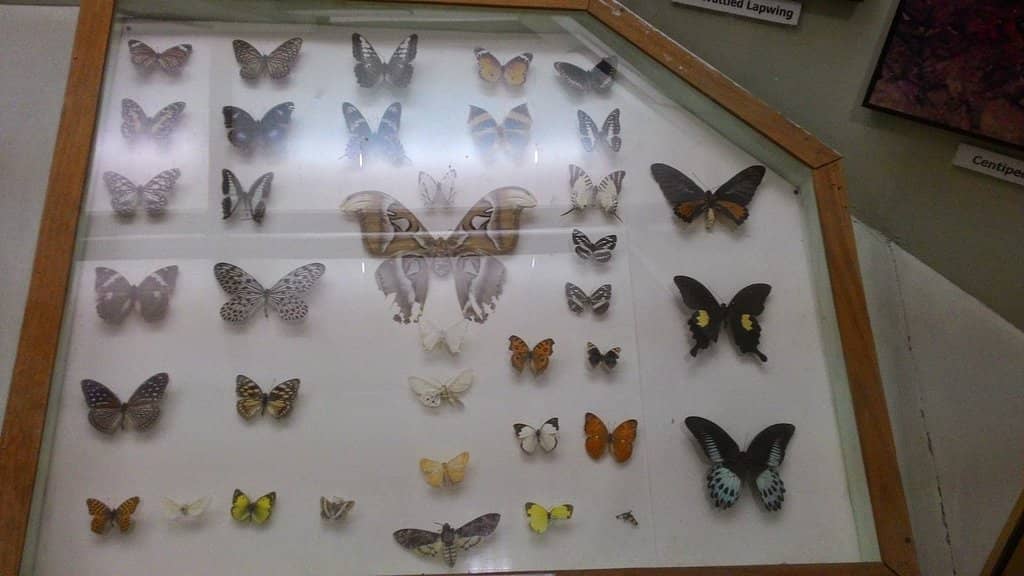
🎯 Free Admission!
Enjoy all exhibits at no cost. A great value for an educational experience!
👟 Comfortable Shoes Recommended
You'll be doing a fair bit of walking to see all the exhibits.
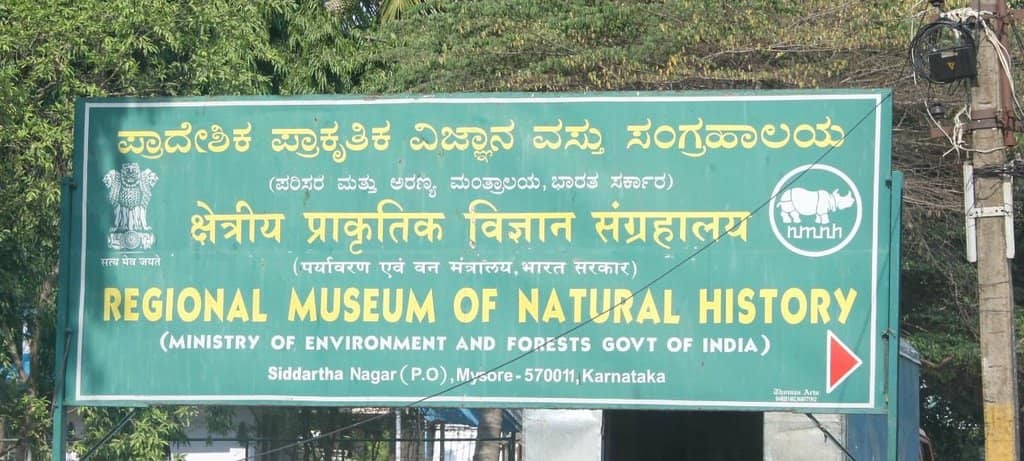
Highlights
Discover the most iconic attractions and experiences

Discovery Center Skeletons
Discovery Center
Marvel at impressive collections of animal skeletons, offering a unique look at the structure of diverse species.

Taxidermied Wildlife Gallery
Biological Diversity Center
See a vast array of preserved animals, from leopards and tigers to birds and snakes, showcasing India's rich biodiversity.

Bryde's Whale Skeleton
Biological Diversity Center
Stand in awe of the massive, preserved skeleton of a Bryde's Whale, a truly spectacular exhibit.
Plans like a pro.
Thinks like you
Planning Your Visit
Free Entry, Big Discoveries
Kid-Friendly & Educational
Best Times
Insider Tips
from TikTok, Instagram & Reddit
🎯 Free Admission!
Enjoy all exhibits at no cost. A great value for an educational experience!
👟 Comfortable Shoes Recommended
You'll be doing a fair bit of walking to see all the exhibits.
📅 Book School Programs
Schools can arrange special programs if contacted in advance.
🐳 Whale of a Time
Don't miss the impressive Bryde's Whale skeleton – it's a showstopper!
Tips
from all over the internet
🎯 Free Admission!
Enjoy all exhibits at no cost. A great value for an educational experience!
👟 Comfortable Shoes Recommended
You'll be doing a fair bit of walking to see all the exhibits.
📅 Book School Programs
Schools can arrange special programs if contacted in advance.
🐳 Whale of a Time
Don't miss the impressive Bryde's Whale skeleton – it's a showstopper!
🌿 Adjacent to Karanji Lake
Combine your visit with a stroll around the serene Karanji Lake.
What Travellers Say
Reviews Summary
Visitors praise the Regional Museum of Natural History as a hidden gem offering a wealth of educational content for free. While some note it could be further developed, the extensive collections of skeletons and taxidermied animals, particularly the whale skeleton, are highlights. It's highly recommended as a knowledgeable and engaging spot for children and anyone interested in natural science.
"It was a decent museum. For a museum that suprisingly had no entry fees, I would say it was worth it. Could be far better for a government maintained museum. It's a decent spot to take kids for an educational short tour. The discovery section was my favourite where they had collections of skeletons of various animals. The different exhibits of various biomes were really nice to see."
tarun venugopal
"It's a free entry place the place is so so spacious, amidst of greenery fresh air and nature. It's a wonderful initiative from govt. The place is yet to be developed. But has wide variety of specimen collection. It's so knowledgeable to school and college children. It's so educational. U can visit this place."
Dr.Chaithanya H K
"One of the hidden gems and underutilised museums in Mysore.
Free entry to all, they also conduct special programs for school students if contacted prior to visit. It's a pity not all schools and students explore this place.
Located adjacent to Karanji lake, the serene and tranquil campus greets you before opening it's treasures of knowledge
An extensive collection of taxidermied species and exhibits guides you through the natural history of india, process of evolution and deep awareness of the ecosystem and environment and its role in our daily life
Loved the skeleton and bone collection too in the discovery centre area and the temporary exhibition on medicinal plants.
Worth a visit and more"
Ritesh K R
What People Like
What People Dislike
Frequently Asked Questions
🚇 🗺️ Getting There
The museum is located adjacent to Karanji Lake in Siddhartha Layout, Mysore. You can reach it by auto-rickshaw or taxi from anywhere in the city. It's a well-known landmark, so most drivers will know the way.
Yes, there is ample parking available at the museum premises, making it convenient for visitors arriving by car.
The museum is situated right next to Karanji Lake, a popular tourist spot in Mysore.
While direct bus routes might be limited, you can take a local bus to the vicinity of Karanji Lake and then walk a short distance to the museum. Auto-rickshaws are a more direct option.
The museum is generally spacious, but specific accessibility details for wheelchairs or strollers should be confirmed upon arrival.
🎫 🎫 Tickets & Entry
No, the Regional Museum of Natural History in Mysore offers free entry to all visitors, making it an accessible educational resource.
The museum is typically open from 10 AM to 5 PM, but it's advisable to check the latest timings before your visit, especially on public holidays.
Yes, the museum is generally open on weekends, but it can get busier with families and school groups.
Since entry is free, no advance booking is required for general admission. However, school groups planning special programs should contact the museum beforehand.
The museum often hosts temporary exhibitions, such as one on medicinal plants, which can offer unique insights. It's worth inquiring about current displays upon arrival.
🎫 🧭 Onsite Experience
You'll find exhibits on animal, insect, and fossil displays, showcasing the biodiversity and evolution of the region. Highlights include taxidermied animals and skeletons.
Absolutely! The museum is designed to be educational and engaging for children, with many displays focusing on animals and natural science.
The Discovery Center is a favorite for many, featuring collections of animal skeletons and offering insights into the process of evolution.
While not heavily focused on digital interactivity, the exhibits are designed to be visually engaging. Some sections allow for tactile exploration, especially for visually challenged students.
A visit can take anywhere from 1.5 to 3 hours, depending on your interest level and how much time you spend at each exhibit.
📸 📸 Photography
Photography is generally allowed for personal use, but flash photography might be restricted to protect the exhibits. It's best to check for any specific signage.
The Bryde's Whale skeleton and the diverse taxidermied animal displays offer striking photo opportunities. The overall serene campus also provides a pleasant backdrop.
You can capture detailed shots of animal specimens, skeletal structures, and the museum's natural surroundings.
Drone photography is highly unlikely to be permitted within the museum premises or its immediate surroundings.
While casual filming for social media is usually fine, professional filming or extensive video shoots might require prior permission from the museum authorities.
For Different Travelers
Tailored advice for your travel style
👨👩👧 Families with Kids
Key recommendations for families:
* Focus on the Discovery Center for the skeletons and the Biological Diversity Center for the animals.
* Engage your children by asking questions about the animals and their habitats.
* Combine the visit with a trip to the nearby Karanji Lake for a full day of exploration.
🎒 Budget Travelers
Tips for budget travelers:
* Pack your own water and snacks to save on potential on-site purchases.
* Utilize auto-rickshaws or local buses for affordable transportation to the museum.
* Consider it a perfect complementary activity to other paid attractions in Mysore, balancing your itinerary.
Deep Dives
In-depth insights and expert knowledge
Exploring the Exhibits: A Journey Through Nature
The Discovery Center is another highlight, especially for those interested in the mechanics of life and evolution. It features a fascinating array of animal skeletons, providing an educational look at the skeletal structures that support diverse species. This section is often a favorite for its clear and informative displays that help visitors understand the process of evolution and the interconnectedness of life.
Beyond these permanent galleries, the museum also hosts Temporary Exhibitions. These can range from focused displays on medicinal plants to other timely topics, offering visitors a chance to see something new with each visit. The museum's commitment to education extends to making these exhibits accessible, with efforts to cater to visually challenged students through tactile displays.
Conservation and Education: The Museum's Mission
The museum actively engages with educational institutions, often conducting special programs for school students. These programs are tailored to supplement classroom learning and provide a hands-on, visual experience of natural history concepts. It's a valuable resource that many schools could leverage more effectively, as noted by some visitors who feel it's an underutilized gem.
By offering free entry and a wealth of knowledge, the museum serves as a vital community resource. It provides an accessible platform for learning about the natural world, encouraging curiosity and a deeper appreciation for the environment. The initiative is praised as a wonderful government endeavor, despite some areas still being under development.




Social
from TikTok, Instagram & Reddit